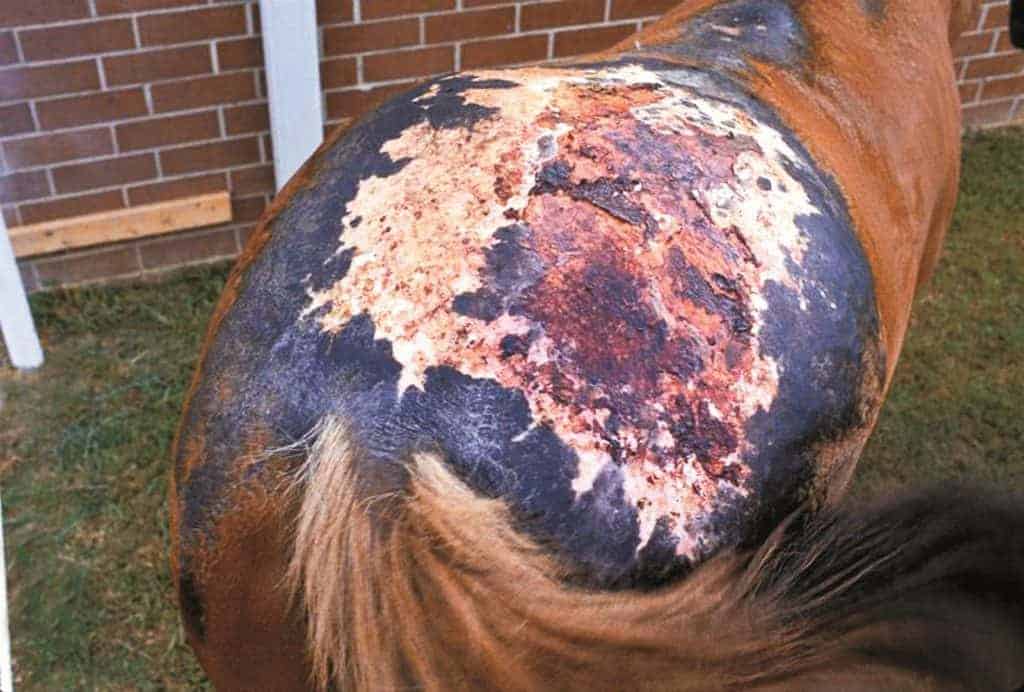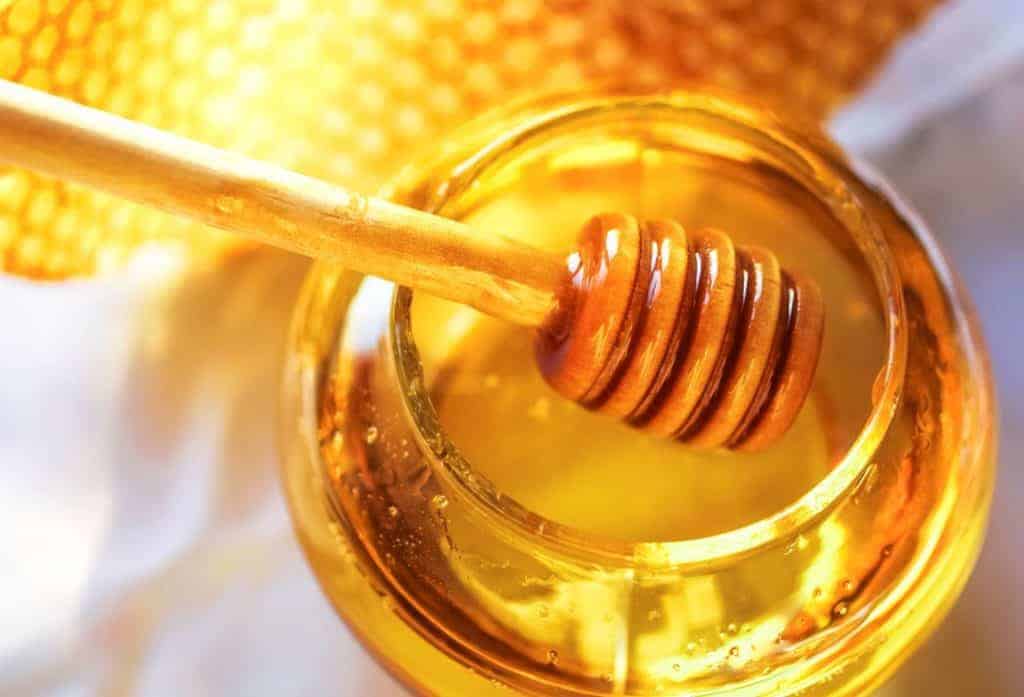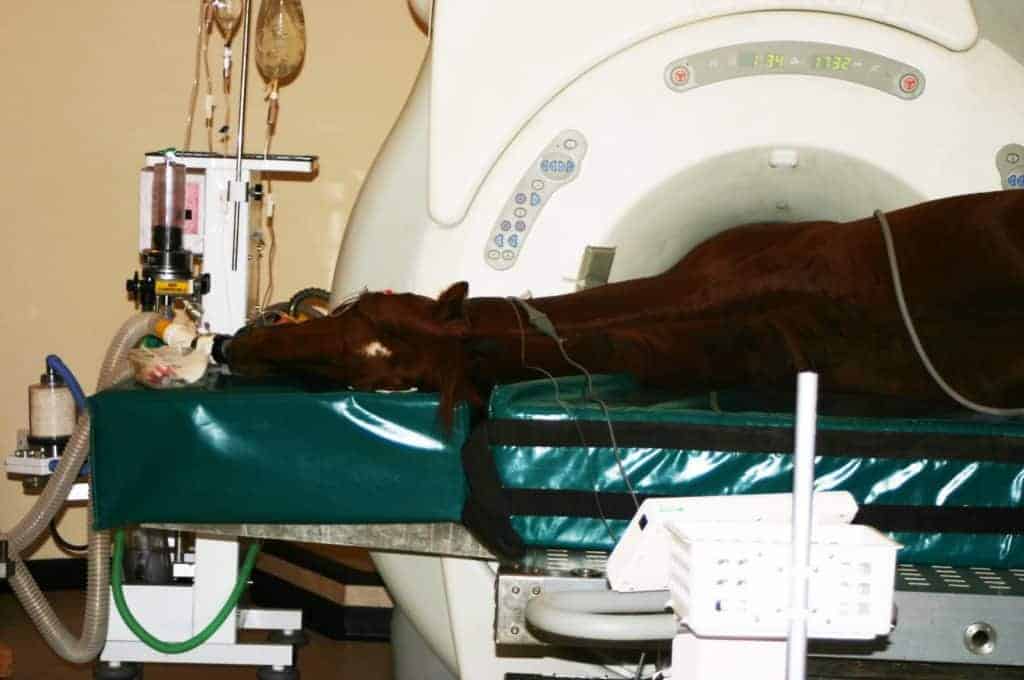AAEP Veterinarians Discuss Suspensory Ligament Injuries
Attendees discussed diagnostic and treatment options, among other topics.
Attendees discussed diagnostic and treatment options, among other topics.
Each received a $5,000 fellow to support their endeavors in equine research and a $500 travel stipend.

A burn requires careful treatment to prevent complications, regardless of severity.

Colors displayed by Doppler ultrasonography could help vets better follow tendonitis’ healing processes.
Shanghai Bobby sustained a suspensory ligament injury and was subsequently retired.

Honey’s all the buzz in natural wound remedies, and according to recent research, it works with horses, too.
Is a two-year-old injury a candidate for adipose-derived regenerative stem cell treatment?

Study results indicate affected horses have a guarded prognosis to return to athletic soundness.

Whether large or small, serious or innocuous, all wounds follow a distinct and complex healing process.

Researchers identified what ultrasound settings achieve adequate temperature increases to be therapeutic.

Knowing how to manage head injuries allows vets to provide quality care when faced with an ailing horse.

Researchers say MRI is invaluable for identifying suspensory ligament lesions and sesamoid bone damage.
The Grayson-Jockey Club Research Foundation approved funding of 12 new projects in 2013.

Researchers found no significant improvement in SDFT injuries treated with mesenchymal stem cells.

Using both MRI and scintigraphy could be beneficial when diagnosing suspensory-ligament-related injuries

Dr. Bimbo Welker describes how to manage wounds on horses and when to call in a veterinarian during the 2013 Western Veterinary Conference in Las Vegas, Nev.
Stay on top of the most recent Horse Health news with
"*" indicates required fields